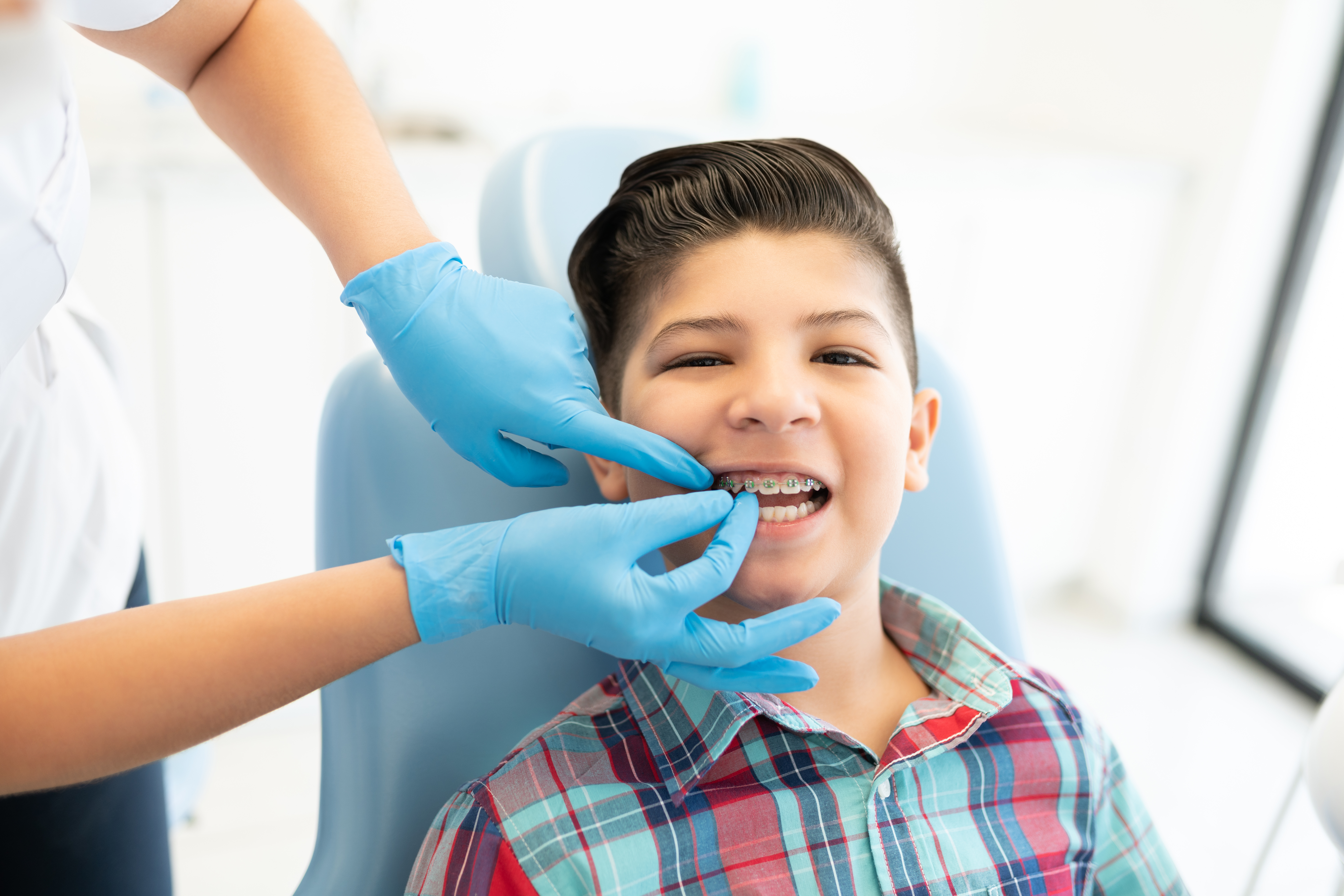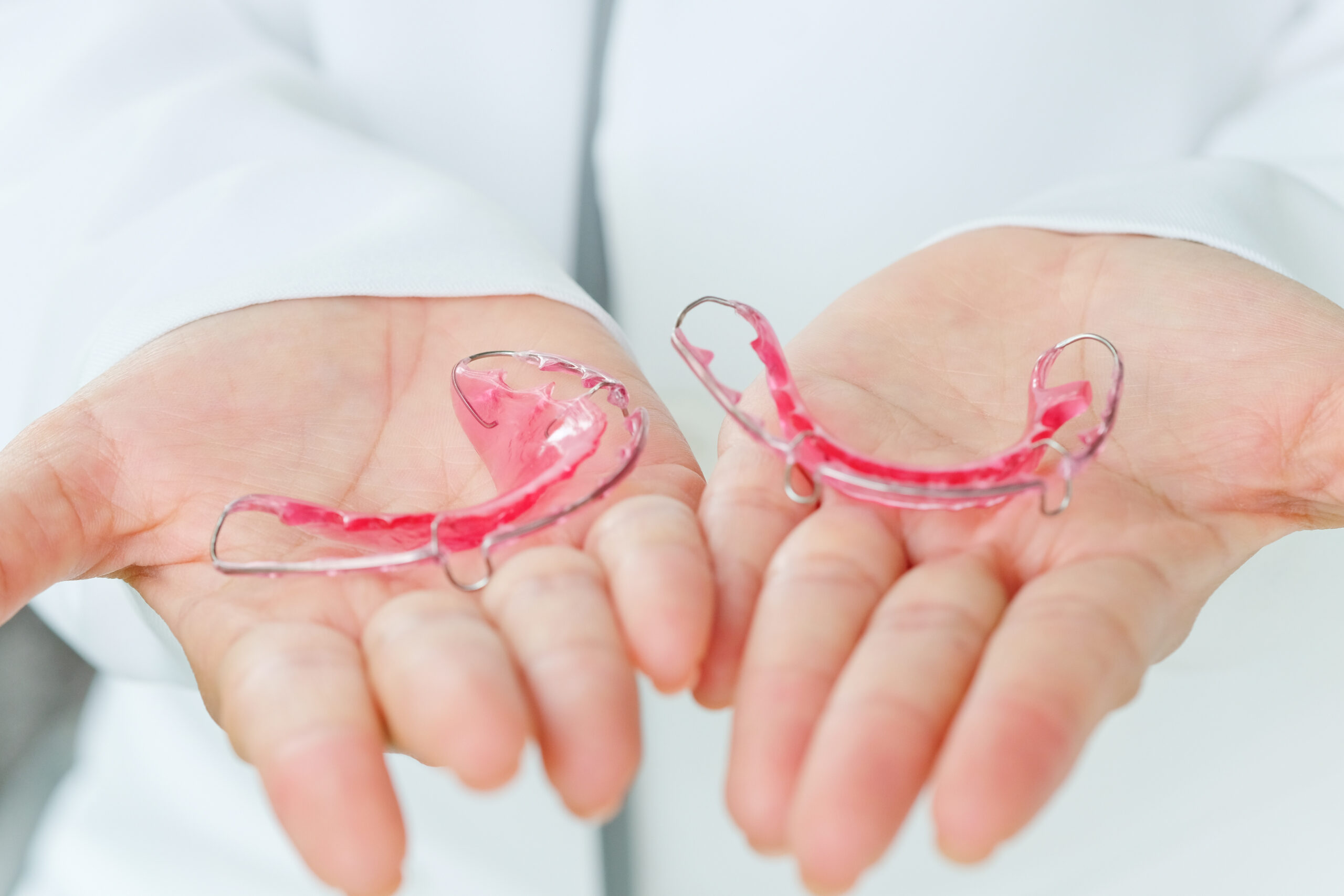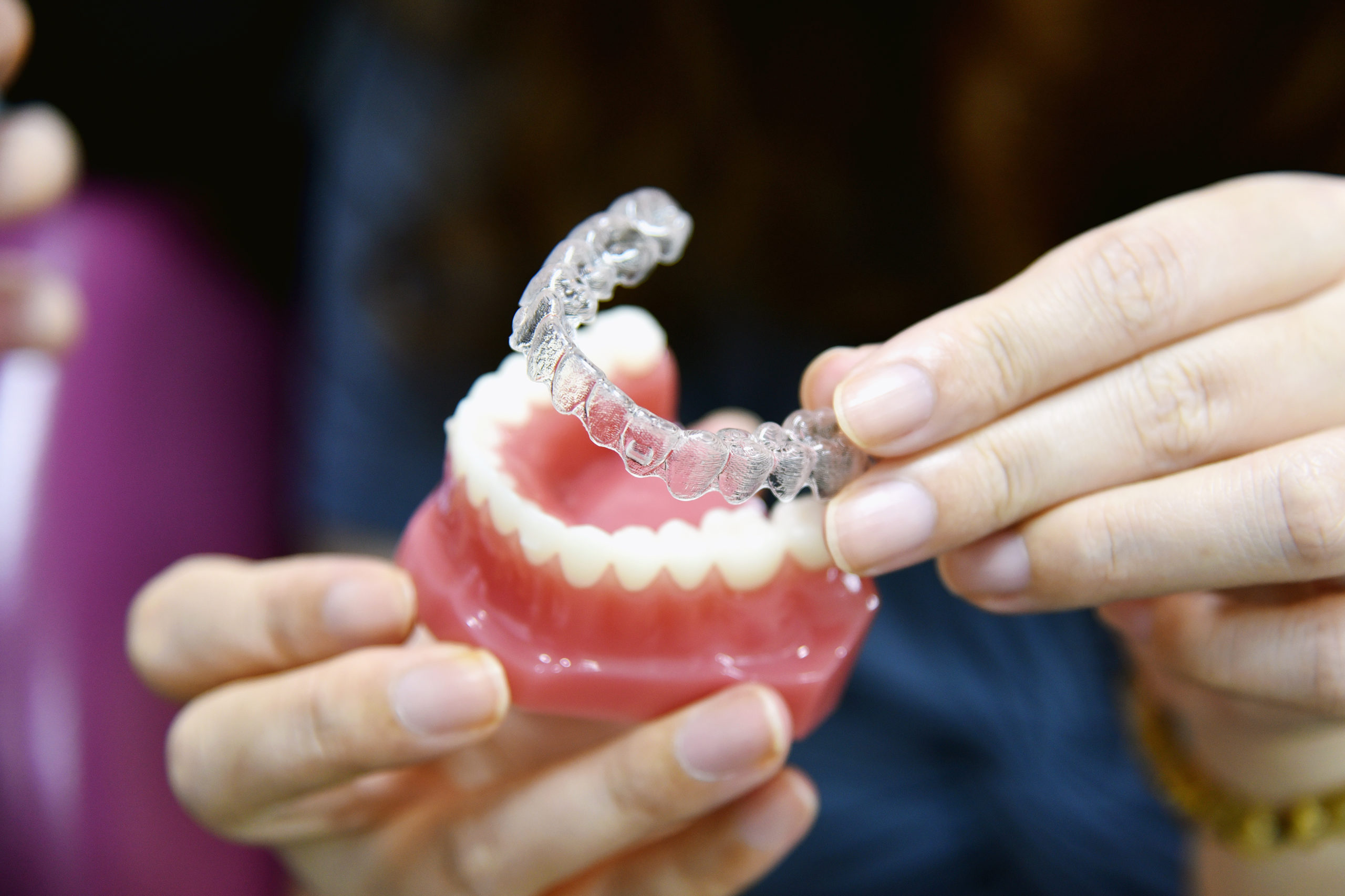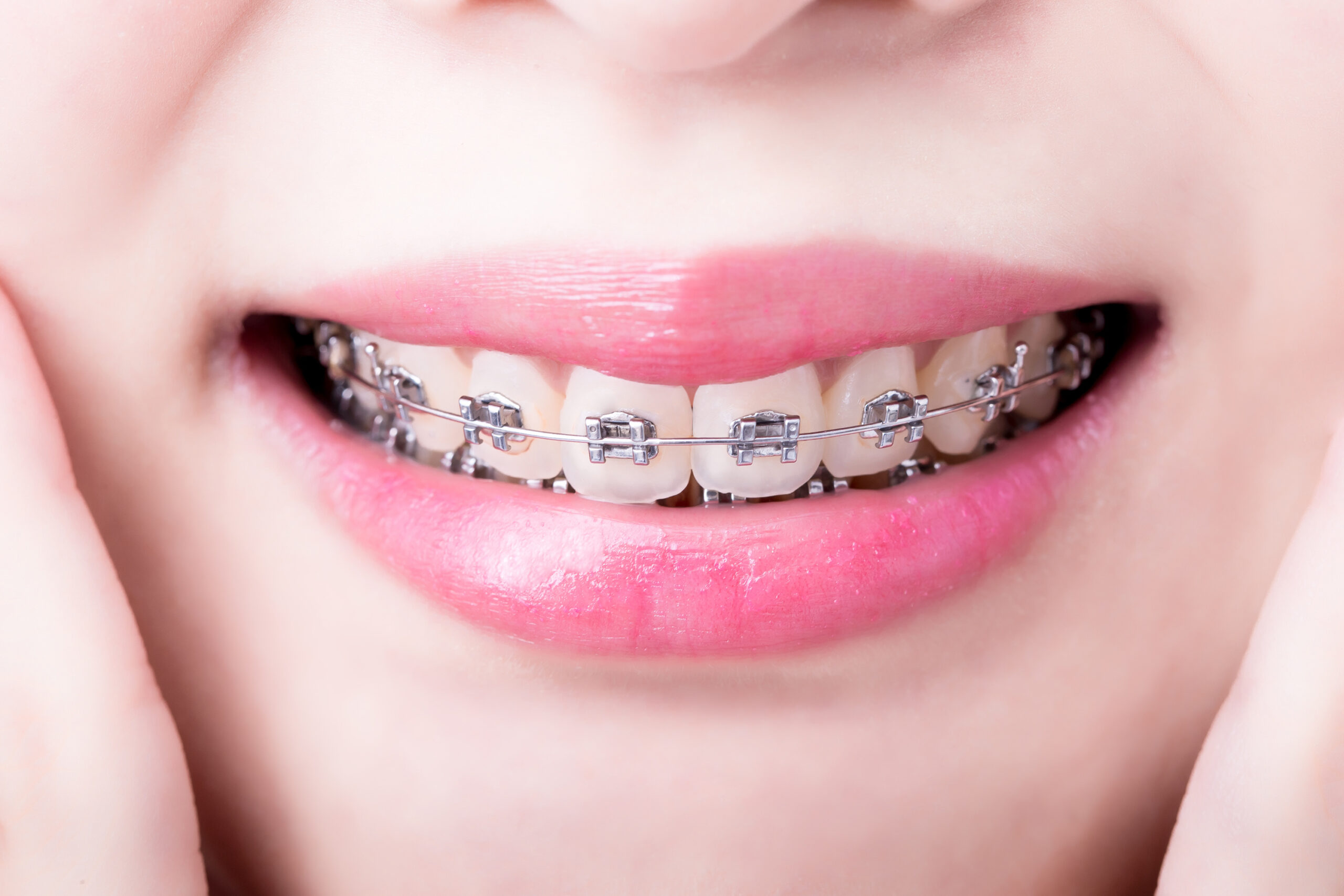Oral Health: Taking Care of Your Braces
Braces help over 4 million people in the U.S. at any one time straighten their teeth. If you or your child fall into that group, taking care of your braces becomes a priority. You don't want to spend the money on braces only to have them fail or cause more dental problems. Proper care keeps your teeth clean and healthy, and it keeps your braces in good shape so they can do their job. Keep reading to learn about taking care of your teeth with braces. Brush Regularly Good oral hygiene with braces starts with regular brushing. While brushing is always important, it becomes more challenging with braces attached to your teeth. If plaque and food remain against your teeth, you might end up with cavities, gum issues, or permanent discoloration on your teeth. The general recommendation is to brush at least twice daily with each session lasting at least 2 minutes. It might take a [...]










